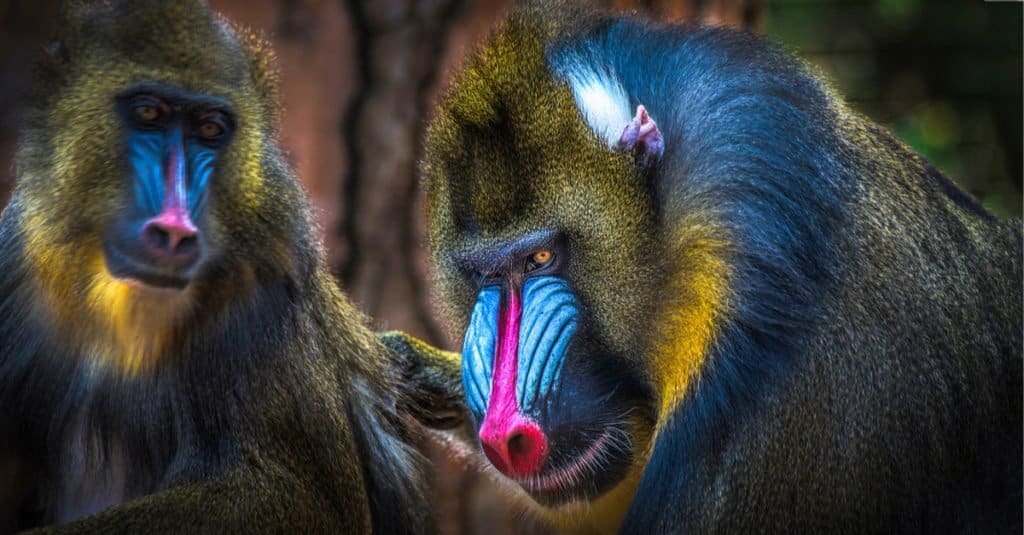Watch This Massive Chunky Monkey Gleefully Feast on Mangoes
A recent video of a monkey feasting on a mango went viral, and it’s no surprise why. The plump, adorable monkey sat peacefully by a stream, embracing a large mango. It uses its hands to peel the skin off the fruit before shoving taking bites, eating it almost like a human would eat an apple or pear.
The video, which you can watch below, is a hilarious and endearing reminder that animals aren’t much different from people. Sometimes, all we need is to rest in nature with a nice piece of fruit!
Watch the Footage
What Do Monkeys Eat?
Monkeys are omnivores, meaning they eat both plants and meat. Their varied diet depends on their habitat and available food sources. Generally, however, they eat nuts, fruits, seeds, eggs, insects, lizards, and more.
One of a monkey’s favorite foods is fruit, which is evidenced by the video above. Monkeys often consume bananas, mangos, berries, and other fruits. Additionally, they will feast on grass, leaves, flowers, seeds, nectar, insects, snails, birds, bats, squirrels, and other small vertebrates. For the most part, however, monkeys prefer plants over other animals or insects.
How Large Do Monkeys Get?
Monkeys come in various sizes, depending on the type of monkey, its gender, and how well it eats. On average, however, monkeys weigh between 0.22 to 60 pounds.
For example, average male howler monkeys usually weigh around 32 pounds while the females weigh around 16 pounds. There are various types of large monkeys, with the largest (the mandrill) weighing up to 119 pounds.

©Nikolay 007/Shutterstock.com
Some species of monkeys are extremely small as well. In fact, the smallest monkey is the pygmy marmoset, with an average size of 5.1 inches and an average weight of 3.5 ounces. Also called the “finger monkey,” these creatures live in the Amazon.
Where Do Monkeys Live?
Monkeys live worldwide in Africa, Asia, Central America, North America, Oceania, and South America. Their main habitats include tropical forests, grasslands, and mountainous plains. Additionally, there are around 260 known species across the globe.
The photo featured at the top of this post is © iStock.com/dutourdumonde









